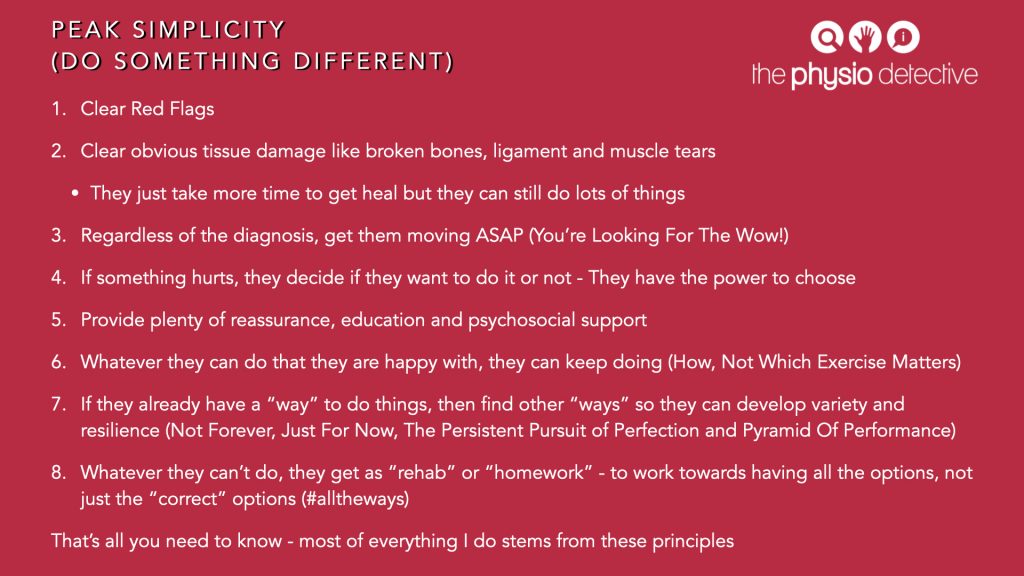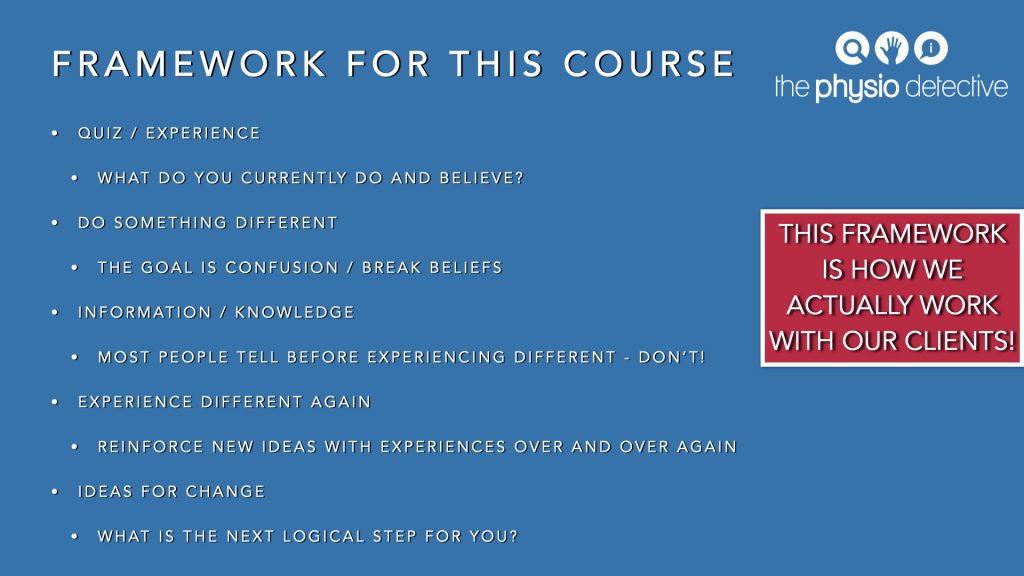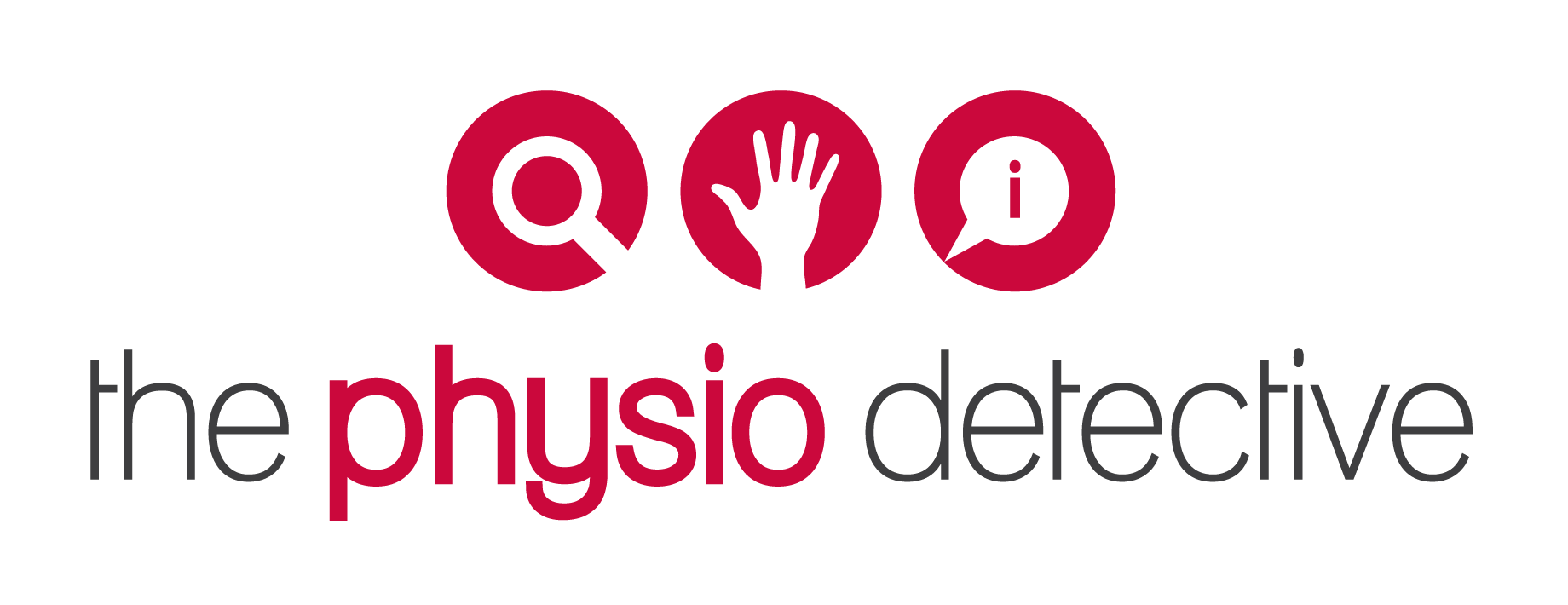Why the Biopsychosocial Model is like Pancakes and not like Omelettes
Pancakes. A tradition for some and one that usually evokes memories of beautiful times eating decadent comfort food. Just 3 simple ingredients form the basis of pancakes - sure, you could add other ingredients but pared back to basics, pancakes are made with flour, eggs and milk.
In this post, I hope to explore just a little of why I think the BioPsychoSocial Model of healthcare is more like pancakes than omelettes.
Why is biopsychosocial model of healthcare like pancakes?
It has been said that the biopsychosocial (BPS) model of healthcare is like pancakes because just as pancakes have 3 ingredients, so too the BPS model is comprised of the biological, the psychological, and the sociological contributions to a person's healthcare (some will add "Spiritual" but I tend to add that to the Sociology side of things, correctly or incorrectly!).
It is an apt description because the BPS model isn't easily broken into its constituent parts - neither are pancakes. You don't cut into pancakes and think "oh, there's the flour, there's the egg, there's the milk". Yet we try to do that with the BPS model - "this problem is primarily biological in nature" or "Oh, the driver of this problem is psychological" or "Well, if you look at how the person was raised, it's no wonder that they have this persistent fear of failure and have pushed themselves to the breaking point".
What are BAMS and BAAs?
We love to make meaning of our experiences in life. Something happens and we want to know why and how to break it down and explain it. We want to have a story to tell others so they can learn from our experiences as well. These stories and the meaning that we put on our experiences are deeply affected by the beliefs and attitudes that we have to different aspects of the life we have led. And in turn, the beliefs and attitudes we have are influenced by the meaning and stories we have created through our experiences. It is a never ending cycle, a useful one, but one prone to logical fallacy and biases. I call the Beliefs, Attitudes, Meaning, and Stories "BAMS".
We all have BAMS and they are also affected by the underlying Biases and Assumptions we have - I call these "BAAs" because inevitably we seek out people who share the same BAAs as we do - call it what you will but "tribe" is a common descriptor, and I often think of sheep wanting to group together to be near each other.
Again, our BAAs can be helpful, but they can also lead to a "Silo Mentality" where we end up in "echo chambers" hearing all the same points of view that we agree with.
BAAs and BAMS can create situations of "us vs them" mentality. This makes it very difficult to see issues in your own BAMS and BAAs even though you can see the problems in other people's BAMS and BAAs...the irony is of course that they can very clearly see the problems in yours too, and not theirs!
What have BAMS and BAAs got to do with this discussion?
If we are going to get anywhere with working together towards finding the best way forwards, we have to acknowledge what we are doing and why. We have to identify our BAAs and BAMS and declare them so others can reciprocate and declare theirs. One of my favourite quotes from one of my favourite books is when Atticus is talking with his daughter Scout in To Kill A Mockingbird.
“You never really understand a person until you consider things from his point of view – until you climb into his skin and walk around in it.”
Lee, Harper (1960) To Kill A Mockingbird. Philiadelphia. Lippincott 1960
Those of us who are old enough in health and fitness have been educated in some version of a Postural/Structural/Biomechanical (PSB - confusingly the same letters!) model which sought to explain the cause of pain and problems through the "issues in the tissues". So a lot of our formative years in our career have been in this model.
Those who have been educated more recently are more likely to have heard of the BPS model of healthcare but then go to work for someone who is in the PSB model still, or pays lip service to the BPS model.
One of the ways I have observed people working through the change to a BPS approach is to still use the PSB models as part of the biological aspect of things.
And that's my concern.
It is what I did too to get going but it isn't the end of the journey.
Why is it that we try to make the BPS model like omelettes?
Omelettes are also lovely, full of memories and smells. Eggs with whatever you like in them - onions, peppers (capsicum), some form of protein, vegetables - they are so versatile!
But you can see the ingredients...oh, there's the scallions, the peppers, the chicken.
And that's what we do with the BPS model. We try to say "oh, there's the biological stuff. There's the psychological. There's the sociological"
It seems very natural to do this. It seems to make sense to parse out the various contributing, holistic, factors so we can work on things...
...but is that the way things work? Is it that simple?
An example of an ankle sprain...
"Ok Antony," I can hear you say..."how can it be that an obvious thing like an ankle sprain NOT be primarily a biological problem to deal with?"
It could be an ankle fracture if you'd prefer...
Someone was walking on the street, they rolled their ankle and sprained the ATFL and CFL. Done. Dusted. Case closed. Obviously a biologically driven primary cause.
But was it?
What if the person was speaking to someone on the phone and was distracted by the news of a loved one being hurt? That was the distraction that led to the misstep at a place that they have walked thousands of times. That call happened before the ankle sprain/fracture. Was it therefore not causative of the biological problem?
What if the person had gone back to work because the family needed the income and they felt guilty about going to work instead of being there where their loved one needed them? What if they felt responsibility for caring for that person because of their cultural upbringing? Was that not in place before the phone call before the ankle sprain? Was that a problem? That our society often requires us to do things like go back to work because we have to support our families through income generated?
How far back do we have to go? There is talk of generational trauma being in epigenetics - read this post for a fascinating example of the discussion around this. That means that trauma from our parents might lead to sensitivity in us and our children...how far back do we have to go?
Is trying to identify the primary cause a fool's errand?
I think the only truly honest answer is yes.
HOWEVER...
...I do think we need to consider the contributing factors in someone's presentation. Things that are biological, psychological and sociological in nature. Here's why:
- If something biologically (bodily functions) happens, it is likely to affect the person psychologically (how they think) and sociologically (how they interact with the world around them)
- If something psychologically happens, it is likely to affect the person biologically and sociologically.
- If something sociologically happens, it is likely to affect the person biologically and sociologically.
We are looking at finding the different that makes a difference because that's ultimately what we do as health/fitness/wellness providers - we assess people to determine what they currently do and how they do it and then we suggest ways to do it differently. The difference between providers seems to be the meaning and stories around why we suggest certain changes.
Ultimately, our nervous system is looking to find a way to interact with their nervous system to produce a positive result. Read this letter to the editor by Diane Jacobs and Jason Silvernail which outlines the difference between an operator vs an interactor.
So what does that mean for me today?

I've long said that the summary of what we do as health/fitness/wellness providers is Do Something Different. The Red Slide encapsulates that. It seeks to be aware of the biological (issues in the tissues), psychological (yellow flags), and sociological (concepts like empowerment, avoiding a patriarchal approach to healthcare, choice, as well as encouraging the provider to be an interactor, not an operator).

The Blue slide is about Experience Before Knowledge. People learn, respond, and remember best through powerful experiences - that's why it's important to be aware of our BAAs and BAMS lest we infect the people we are working with with unintended thought viruses. The experiences can create powerful relationships and associating them with scientific BAMS and awareness of the BAAs is extremely helpful for people - including us providers!
So when you want to think about looking for the "cause" of the problem, remember that the results don't prove your reasoning (Post Hoc Ergo Propter Hoc Logical Fallacy - also, check out this paper from 1938!).
When looking at a person, remember, they are much more like pancakes than omelettes. Don't go looking for the individual bits that you think make up the problem. Instead, remember that EACH of the ingredients in the biological, will lead to an affect on the psychological, EACH of the psychological contributing factors will affect the person biologically and sociologically, and each of the sociological contributing factors will affect the person biologically and psychologically.
Find a way to do something different, to find the different that makes a difference, so we can be a part of the person's journey, interacting along the way helping to share experiences and knowledge so they can make the informed choices for their life to achieve their goals.
Isn't that what we want to do anyway? Let me know what you think in the comments below.
Postscript: This blogpost is written with thanks because of Jo Chapple and Orla Clancy who needle me about getting pancakes and omelettes mixed up during #ThePeakSimplicityMasterclass. They are in Cork, Ireland...'nuff said ❤️.
Also a hat tip to David Poulter (@retlouping) who first mentioned the pancake model of the BPS model.



